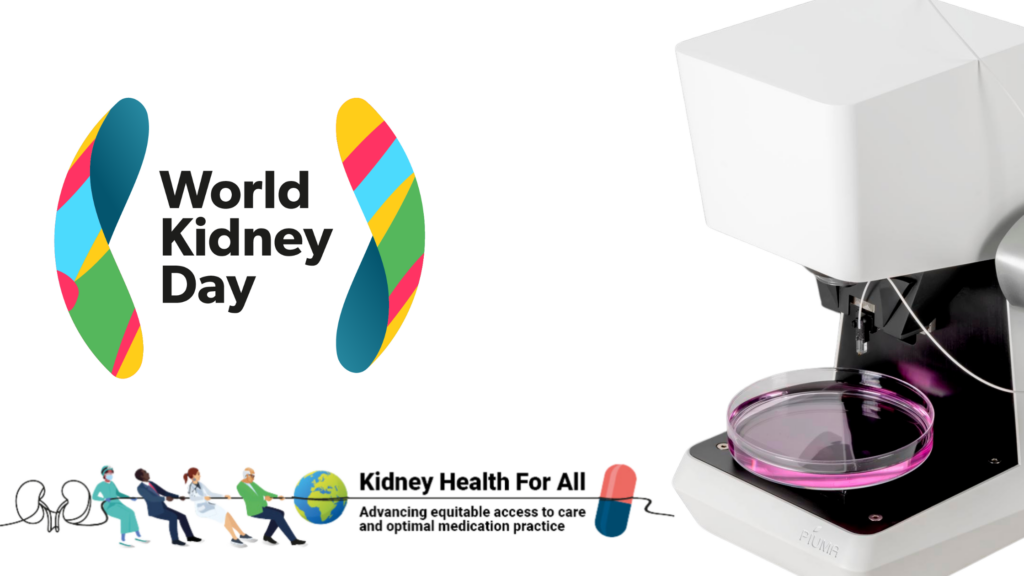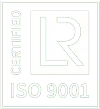
What if the future of regenerative medicine hinges on our ability to manipulate surface stiffness, unlocking novel possibilities for engineering kidney tissues?
Eindhoven University of Technology and University Medical Center Utrecht scientists explored a novel approach to support regenerative medicine, particularly in designing artificial kidneys or engineering kidney tissues. They investigated how mechanical guidance, such as controlling surface stiffness, can influence the organization of kidney cells.
Microenvironment stiffness affects cell organization
As the kidney develops, cell arrangement is crucial to tube formation and overall organ function. This organization is initiated by cells attaching to their surroundings through adhesion proteins. Studies have suggested that the stiffness of the surroundings affects this process, opening the possibility of using material stiffness to guide cell organization.
The researchers tested this idea by studying kidney cells grown on surfaces with different stiffness levels. The stiffness was quantified using Optics11 Life Piuma. They found that softer surfaces promoted canine kidney cell orientation, while stiffer surfaces prevented it. Also, blocking protein-mediated adhesion to stiff surfaces allowed cells to organize appropriately. However, when they tested human kidney cells in a 2D environment (flat surfaces), the cells did not arrange as expected, despite their ability to organize in 3D environments.
The findings show that organizing kidney cells into a specific structure is a complex process influenced by surface stiffness. Using Piuma’s technology, the study facilitates the development of artificial kidneys and kidney tissue engineering strategies.
References
Hagelaars, M. J., Yengej, F. a. Y., Verhaar, M. C., Rookmaaker, M. B., Loerakker, S., & Carlijn Bouten (2022). Substrate stiffness determines the establishment of Apical-Basal polarization in renal epithelial cells but not in Tubuloid-Derived cells. Frontiers in Bioengineering and Biotechnology, 10. https://doi.org/10.3389/fbioe.2022.820930



